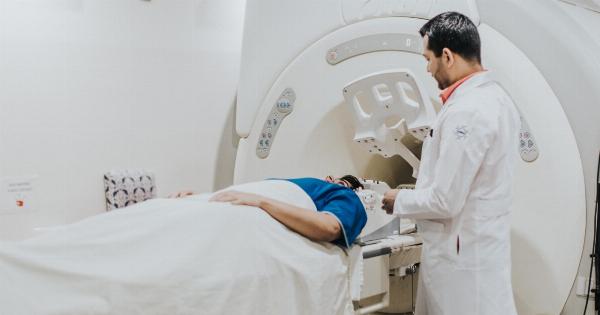Anxiety disorders are a class of mental health conditions characterized by excessive worry, fear, and nervousness that impairs an individual’s ability to function normally.
Anxiety disorders are prevalent worldwide, affecting approximately 264 million people.
There are several different types of anxiety disorders with varying symptoms. Below are the ten different types of anxiety disorders and how they manifest.
1. Generalized Anxiety Disorder (GAD)
Generalized Anxiety Disorder (GAD) is characterized by persistent anxious thoughts and worries about ordinary things such as money, health, work, and relationships. However, people with GAD often cannot identify any specific cause for their worry.
People with GAD tend to worry excessively and feel anxious about everyday things most of the time. Symptoms of GAD include excessive worry, irritability, muscle tension, fatigue, and difficulty concentrating.
2. Obsessive-Compulsive Disorder (OCD)
Obsessive-Compulsive Disorder (OCD) is characterized by persistent, unwanted, and intrusive thoughts (obsessions) and repetitive behaviors (compulsions) aimed at reducing anxiety caused by obsessions.
Common obsessions in OCD include contamination, symmetry, harm, doubt, and forbidden thoughts. Compulsive behaviors can include washing, checking, ordering, hoarding, and confessing.
3. Panic Disorder
Panic disorder is characterized by sudden, intense, and overwhelming feelings of panic and terror. Panic attacks can happen at any time and without any obvious trigger.
People with panic disorder often experience symptoms such as sweating, trembling, rapid heartbeat, and chest pain during panic attacks.
4. Social Anxiety Disorder
Social Anxiety Disorder is an intense fear of social situations and being judged or evaluated by other people.
People with social anxiety disorder often avoid social situations, feel self-conscious when being observed, and worry about being embarrassed or humiliated in public.
Common symptoms of social anxiety disorder include blushing, sweating, trembling, difficulty speaking, and avoiding eye contact.
5. Specific Phobias
Specific phobias are intense fears of specific situations, objects, or activities. Common specific phobias include fear of heights, snakes, spiders, enclosed spaces, and flying.
When confronted with their phobia, people with specific phobias may experience intense fear and panic.
6. Post-Traumatic Stress Disorder (PTSD)
Post-Traumatic Stress Disorder (PTSD) can develop after experiencing or witnessing a traumatic event such as a car accident, violent crime, or combat. People with PTSD often have persistent and distressing thoughts and memories of the traumatic event.
Common symptoms of PTSD include hypervigilance, nightmares, mood swings, avoidance, and flashbacks.
7. Agoraphobia
Agoraphobia is a fear of being in public places or situations where escape may be difficult. People with agoraphobia often avoid leaving their homes or being alone in public places.
Common symptoms of agoraphobia include panic attacks, dizziness, trembling, nausea, and shortness of breath when in public places.
8. Separation Anxiety Disorder
Separation Anxiety Disorder is an excessive fear of being separated from loved ones, such as family members or pets.
People with separation anxiety disorder often avoid being away from their loved ones and may experience physical symptoms such as headaches, stomachaches, and nausea when separated.
9. Selective Mutism
Selective Mutism is a childhood anxiety disorder characterized by a persistent failure to speak in certain situations, such as at school or in public places.
Children with selective mutism may speak normally at home or with close family members but may be unable to speak in front of others outside the home.
10. Substance-Induced Anxiety Disorder
Substance-induced anxiety disorder develops after using or withdrawing from drugs or medications that cause anxiety. Common substances that can cause anxiety include alcohol, caffeine, and stimulant drugs such as cocaine and amphetamines.
Conclusion
Anxiety disorders are a significant problem worldwide and can have debilitating effects on an individual’s life if left untreated. Thankfully, anxiety disorders are treatable with counseling, medication, or a combination of both.
Early intervention and treatment are critical in the management of anxiety disorders, so if you or someone you know is struggling with anxiety, do not hesitate to seek help.





























